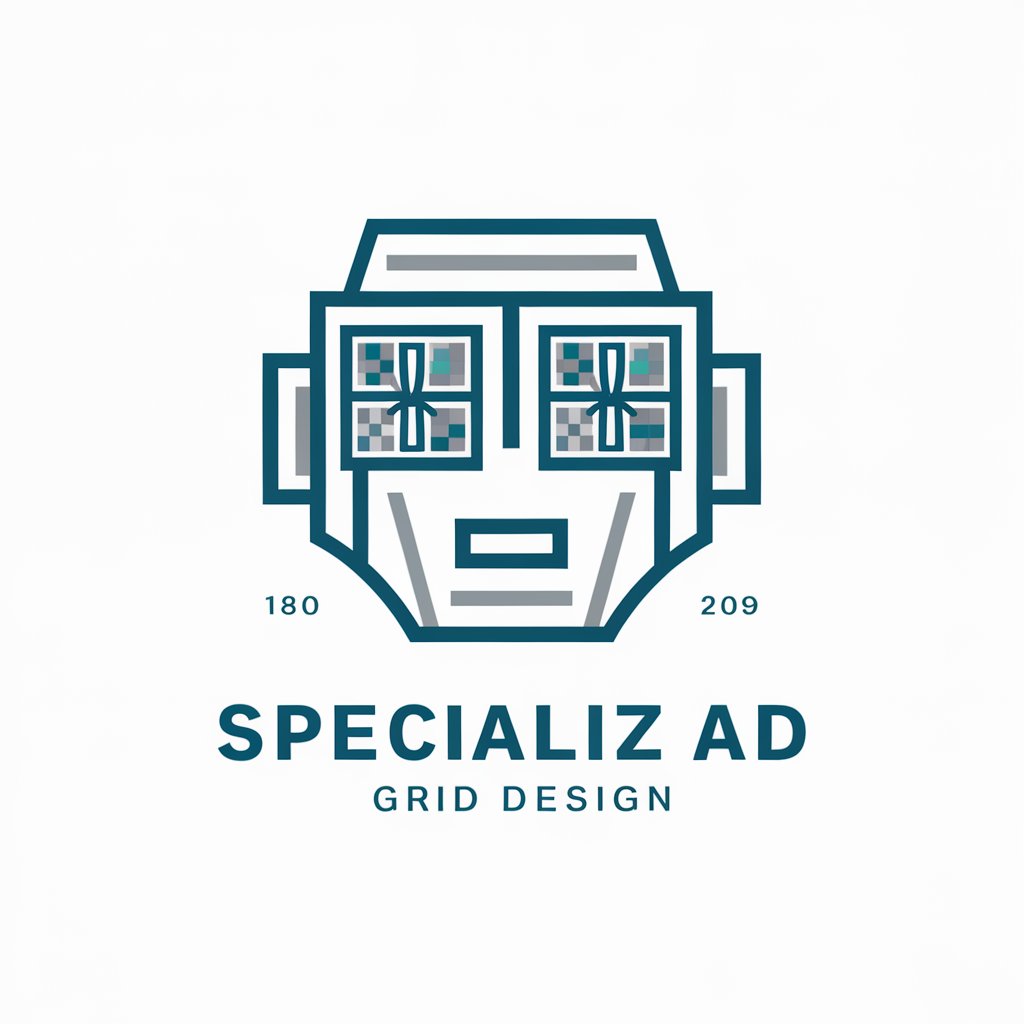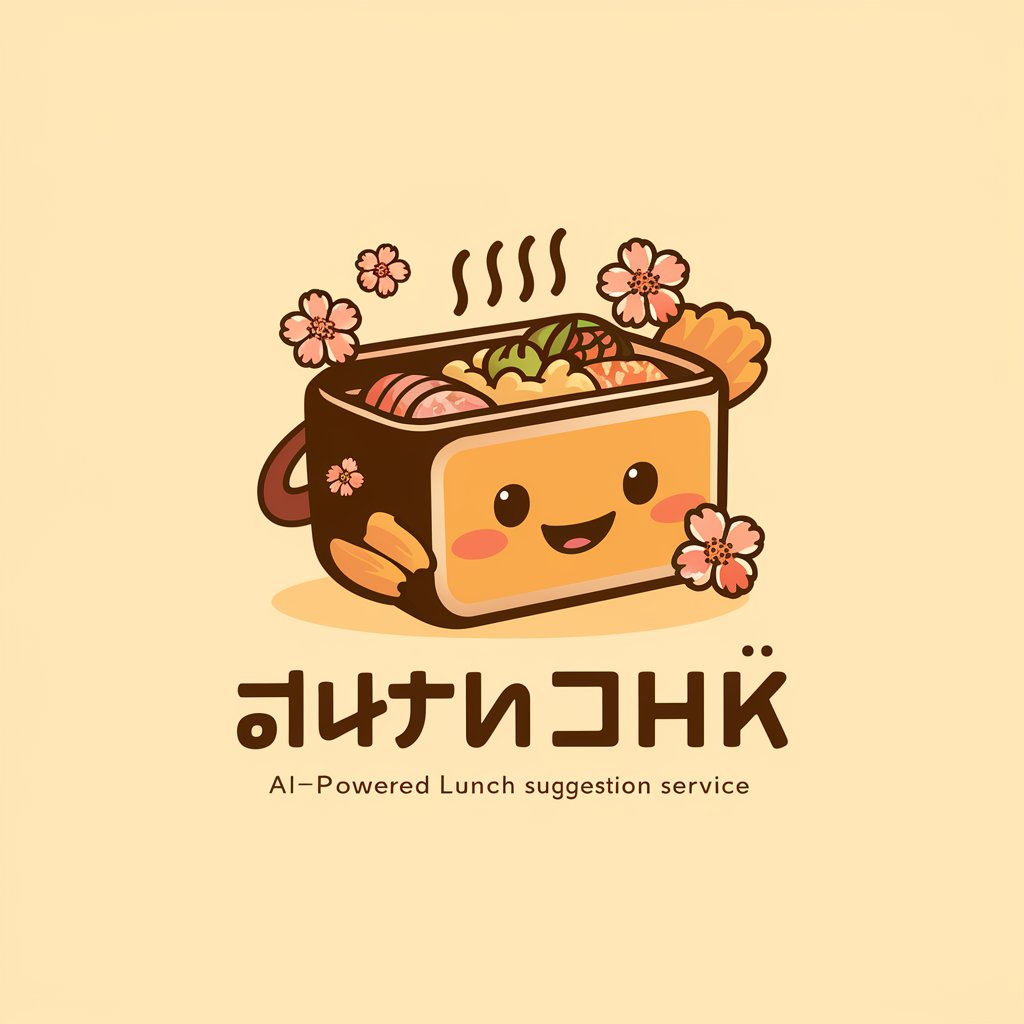
Bento - Modular Web Layout Design

Hello! I'm here to help you master Bento Grid design for web layouts.
Design with precision, powered by AI.
How can I balance visual hierarchy in a Bento Grid layout?
What are some tips for designing modular box layouts for web elements?
How can I use Webflow to implement Bento Grid design?
What design problems can Bento Grid solve for my web project?
Get Embed Code
Introduction to Bento
Bento, inspired by the compartmentalized and efficient design of Japanese Bento boxes, is a conceptual approach to web design and layout known as the Bento Grid. This approach emphasizes modular, box-based structures that compartmentalize web elements in a way that is both aesthetically pleasing and functionally efficient. The design philosophy behind Bento is rooted in the idea that like a Bento box's compartments, each segment of a web page should serve a distinct purpose, contributing to the overall user experience without overwhelming them with information. An example of Bento's application could be an e-commerce website where product listings, descriptions, reviews, and purchasing options are neatly segmented into their own 'boxes,' making it easy for users to navigate and interact with the site. Powered by ChatGPT-4o。

Main Functions of Bento
Modular Design Implementation
Example
In a blog platform, Bento can structure individual post elements like title, author, date, content, and social sharing buttons into distinct modules, improving readability and interaction.
Scenario
A content creator uses Bento to design a blog, ensuring each post is easy to scan and engage with, leading to increased reader retention and interaction.
Visual Hierarchy Optimization
Example
For an online dashboard, Bento organizes key metrics, charts, and controls into clearly defined sections, prioritizing information based on user needs.
Scenario
A data analyst relies on a Bento-designed dashboard for quick insights, where crucial metrics are front and center, while detailed data analysis tools are accessible but not immediately prominent.
Responsive Layout Adaptation
Example
A portfolio website uses Bento to adapt its layout from desktop to mobile, reorganizing content boxes to maintain usability and visual appeal across devices.
Scenario
A graphic designer's portfolio, structured with Bento, seamlessly adjusts to mobile viewing, ensuring their work is effectively showcased regardless of the device.
Ideal Users of Bento Services
Web Designers & Developers
Professionals focused on creating intuitive, visually engaging, and functional websites will find Bento's modular approach invaluable for implementing complex designs with ease and efficiency.
Content Creators & Marketers
Individuals and teams that produce and manage large volumes of content will benefit from Bento's clear structuring, helping users navigate and interact with content effectively, thereby enhancing user engagement and retention.
E-commerce Businesses
Online retailers can leverage Bento to craft compelling product pages, with each element from descriptions to reviews to purchase options neatly organized, improving the shopping experience and potentially increasing conversion rates.

Getting Started with Bento
Initiate Your Journey
Begin by visiting yeschat.ai to explore Bento without needing to sign up for an account or subscribe to any premium services.
Explore Bento Boxes
Familiarize yourself with the Bento Grid system, understanding how modular boxes can be used to structure your web content effectively.
Design Your Layout
Start designing your web layout using Bento Grids, focusing on balancing visual hierarchy and ensuring content is not overwhelming.
Implement and Test
Use web development tools like Webflow to implement your Bento Grid design, then test the layout for usability and responsiveness.
Iterate and Optimize
Collect feedback and analyze user interaction to make iterative improvements to your Bento Grid layout for optimal user experience.
Try other advanced and practical GPTs
LAIA
Empowering legal professionals with AI.

Trivia Game Host
Energize Learning with AI

Mente Amica
Empowering Decisions with AI

Retro Mentor
Elevate Your Agile Retrospectives

English Learning: Idiom Mastermind
Master idioms with AI-powered guidance

Guitar Repertoire Composer
Craft Your Acoustic Experience

Bento Helper
Empowering BentoBox users with AI-driven support

Voice of the Sage
Insightful Guidance for Personal Growth

Mycology Mentor
Discover Nature's Patterns with AI

BBank Mission
Revolutionizing Blood Transfusion with AI

TransfusionAssist Pro
Empowering Transfusion Decisions with AI

Bridging Linguistic and Cultural Divides
Empowering Cultural Connections

Frequently Asked Questions about Bento
What is the Bento Grid concept?
The Bento Grid concept is inspired by Japanese Bento boxes, utilizing modular box layouts to organize web content efficiently and aesthetically.
Can Bento Grids be used for any type of website?
Absolutely, Bento Grids are versatile and can be adapted to a wide range of websites, from portfolios to e-commerce platforms, enhancing both functionality and design.
Are there best practices for using Bento Grids?
Yes, best practices include maintaining a balance in visual hierarchy, ensuring content is not overwhelming, and using the grids to solve specific design problems rather than following trends.
How can I implement Bento Grids in my web project?
You can use web development tools like Webflow to implement Bento Grids, leveraging their drag-and-drop functionality for an easier design process.
Can Bento Grid design improve user experience?
Definitely, by organizing content in an intuitive and visually appealing manner, Bento Grids can significantly enhance user navigation and overall experience on your website.





